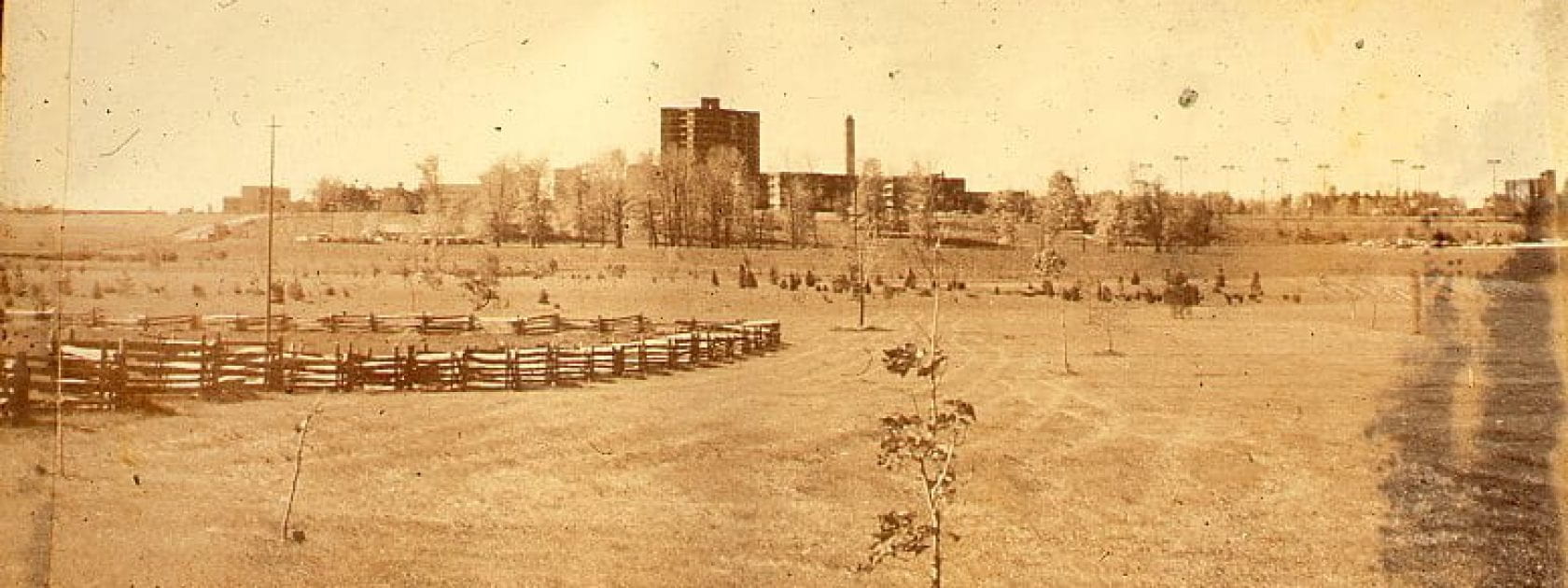Header image: Arboretum West Lawn, 1977-78
Celebrating 50 Years!
Roots & Branches is a student-led project exploring The Arboretum’s 50 year history. On this website, discover archival images and stories about this land, and The Arboretum’s origins, grounds, collections, research, education, conservation, and community efforts. The site aims to foster respect for our natural environment and to increase our community’s understanding and appreciation for The Arboretum and all it does. Read more about the project here.
Timeline of The Arboretum’s History
Late Paleozoic era - Early Mesozoic era | Earth's landmass was a single supercontinent called Pangaea. As the continents separated, plant populations became isolated and evolved independently. The impact of this evolution can be seen in the tree and shrub variations showcased in the World of Trees Collection. | 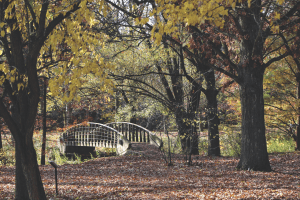 The World of Trees Flying Fish Bridge, 2020. |
| The Haudenosaunee, Anishinaabe and Attawandaron peoples lived on and cared for the land that now hosts The Arboretum, the University of Guelph, and the City of Guelph. | ||
1650s - 1690s | The Mississaugas, Three Fires (the Ojibway, Odawa and Potawatomi) and Iroquois contested this region during the Beaver Wars. Following their victory, a group of Mississaugas settled on the land between Toronto and Lake Erie, becoming known as the Mississaugas of the New Credit First Nation. | |
1792 | The Mississaugas of the New Credit First Nation ceded over 3,000,000 acres of land to the British Crown in the 1792 Between the Lakes Purchase Treaty, No. 3. | 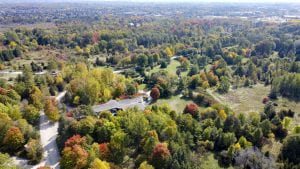 Aerial of The Arboretum, 2020. |
1827 | Scottish businessman, author and superintendent of the Canada Company, John Galt, began developing Guelph to attract potential settlers. | |
1850s | William and Ellen Hamilton purchased a 400-acre tract of land in Guelph. Shortly after, they began farming on this land. | 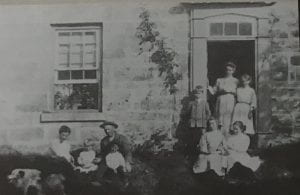 Hamilton Family at the Glen William Farm, 1868. |
1874 | The Ontario Agricultural College was established. | 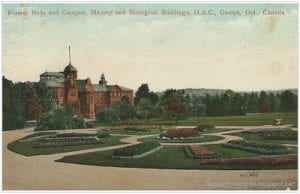 Postcard of OAC Flower Garden printed sometime around 1910. |
1882 | O.A.C.'s first proposal for an on-campus arboretum. The Ontario Fruitgrower's Association and Miller and Yates, a Philadelphia landscaping firm, began developing the on-campus tree and shrub collections. | 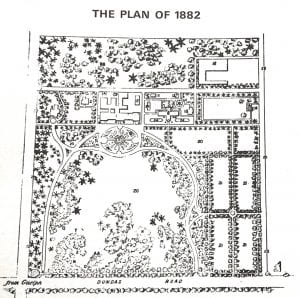 A map of the on-campus arboretum, 1882. |
1907 | Forester Edmund Zavitz planted white pines (Pinus strobus) and spruce trees to study tree planting to counteract soil erosion. | 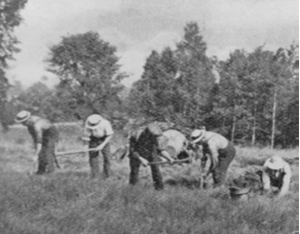 Zavitz Pines planting, 1907. |
1910 | The Hamilton Family sold their farm to the O.A.C. to be used as a research farm. | |
1938 | Professor Leslie Hancock submitted a proposal for a separate arboretum to the President of the O.A.C. but was denied due to lack of funding. | 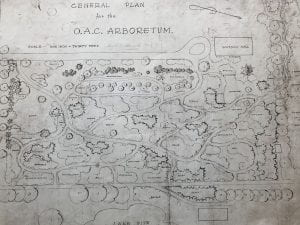 1938 Plan of The Arboretum by Leslie Hancock. |
1963 | The Arboretum Study Committee, proposed by R.J. Hilton and formed by O.A.C. Dean N.R. Richards, became part of the University of Guelph's transformation into a comprehensive university. | |
1966 | The Presidential Arboretum Planning Committee was formed under the chairmanship of Professor Victor Chanasyk of the School of Landscape Architecture. | 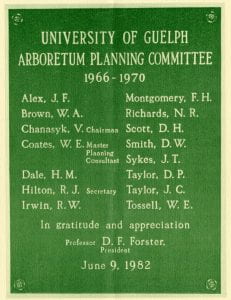 Picture of the 1982 plaque honouring the University of Guelph Arboretum Planning Committee which operated from 1966-1970. |
1968 | An Academic Brief demonstrated arboretum benefits across the curriculum including Botany, Horticulture, and Landscape Architecture courses. | |
1970 | The Board of Governors approved the Master Plan in December, establishing The Arboretum. Read about the first Arboretum staff. | 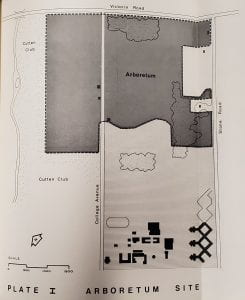 Plate plotting the area of The Arboretum. |
1971 | A collection of maple trees planted in May became the first formal botanical collection in The Arboretum. | 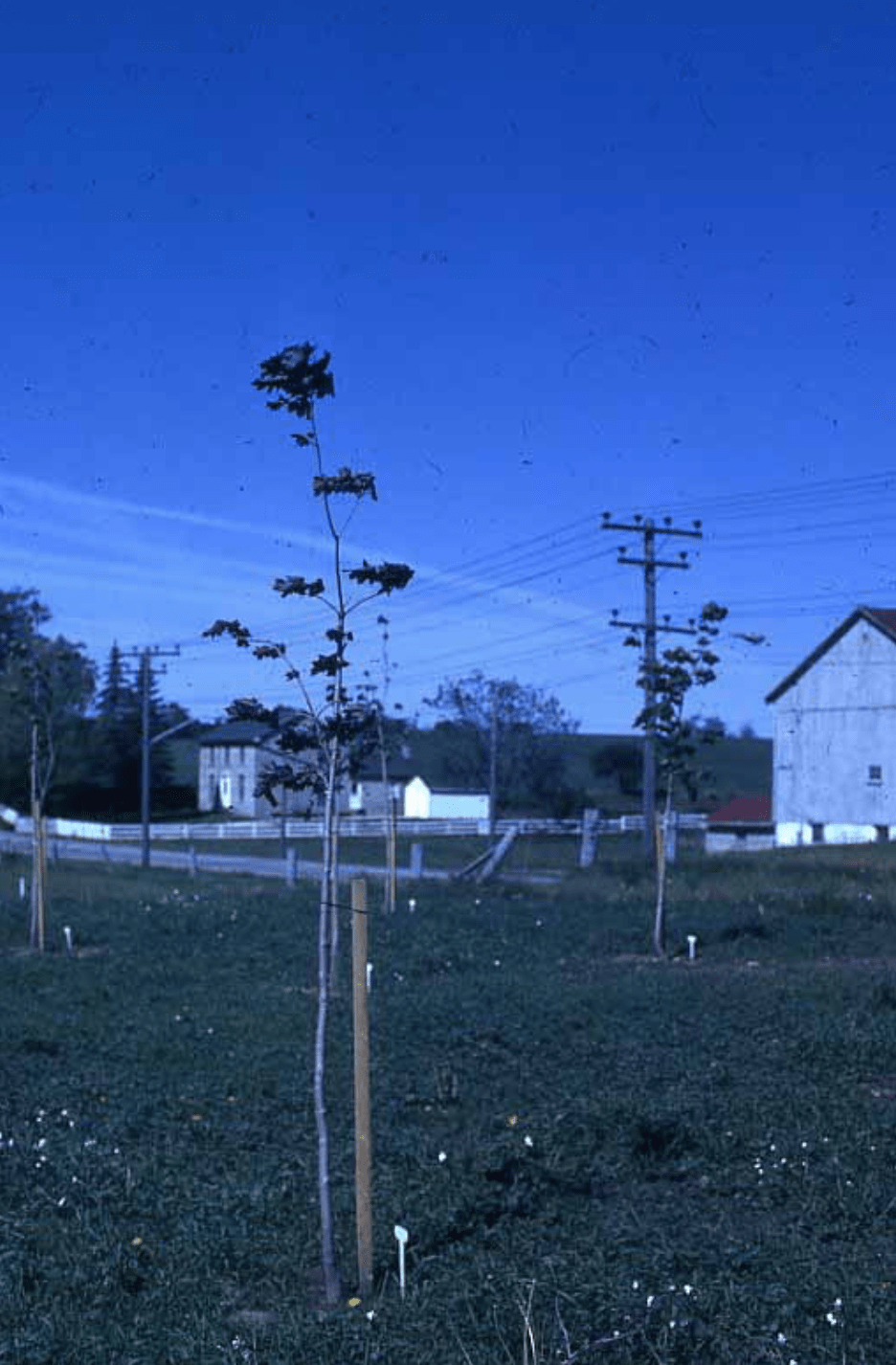 Maple Collection, 1971. |
1974 | The iconic O.A.C. Centennial Arboretum Centre, designed by Raymond Moriyama, opened. The same year D. W. Smith and G. C. Bowes published "Loss of some elements in fly-ash during old-field burns in southern Ontario" in the Canadian Journal of Soil Science, becoming the first research publication based on data from The Arboretum. | 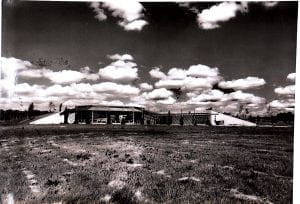 OAC Centennial Arboretum Centre. |
1978 | The J.C. Taylor Nature Centre opened. During the same year, Curator John Ambrose established The Arboretum's Gene Banks. | 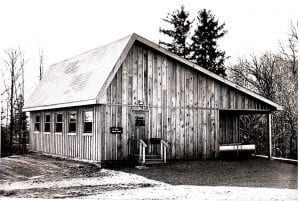 J.C. Taylor Nature Centre. |
1988 | The Gosling Wildlife Gardens opened thanks to the generous support of Jean and Philip Gosling. | 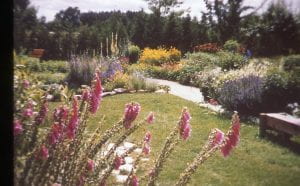 Garden One of the Gosling Wildlife Gardens, 1995. |
1989 | The Arboretum's Nature Reserve was established. The Arboretum and the Wall-Custance Funeral Home and Chapel also began their partnership to create the Wall-Custance Memorial Forest. | 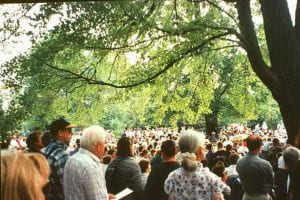 A large crowd attends a Wall-Custance Memorial Forest tree dedication service. |
1992 | The first Plant Sale was held with the support of many volunteers. | 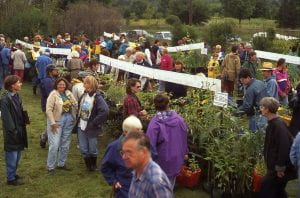 Crowd of people browse through The Arboretum's Plant Sale. |
1994 | The Ontario Tree Atlas Project began. | |
1995 | The Arboretum Auxiliary was created and The Garden Project was initiated. | 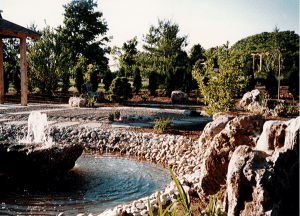 The David G. Porter Memorial Japanese Garden, 1995. |
1998 | The Elm Recovery Project was started by Horticulturist Henry Kock. | |
2002 | The Guelph Master Gardeners established The Roots and Shoots garden next to the O.A.C. Centennial Arboretum Centre to celebrate Jane Goodall's visit to The Arboretum. The Guelph Master Gardeners continue to maintain this garden today. | 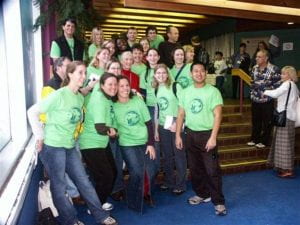 Roots and Shoots Students gather around Jane Goodall in the front steps of the O.A.C. Centennial Arboretum Centre, 2003. |
2006 | The O.A.C. '56 Gazebo was completed. | 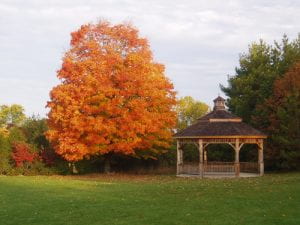 The O.A.C. '56 Gazebo, 2013. |
2010 | The Henry Kock Propagation Centre was opened. | 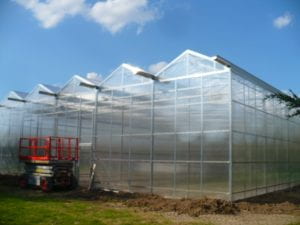 The Henry Kock Propagation Centre, 2010. |
2016 | A group of local arborists volunteered their time at The Arboretum on Arborist Day. | 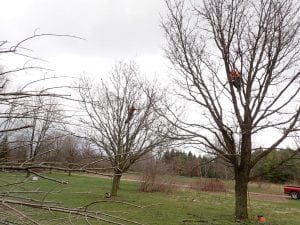 Two arborists climb trees at The Arboretum, 2016. |
2017 | The Arboretum partnered with the Entomological Society of Ontario and the Ontario Agricultural College to create the first annual Bug Day at The Arboretum. | 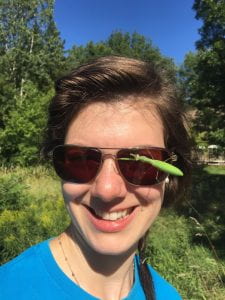 Praying mantis rests on Alexandra Kocher's glasses. |
2018 | Chaenotheca selvae, a new species of lichen, was discovered in The Arboretum by R.T. McMullin, J. Maloles, S. Selva, and S. Newmaster. | 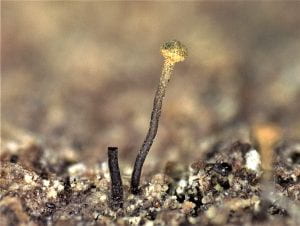 Chaenotheca selvae. |
2020 - 2021 | The Arboretum celebrates its 50th year. | 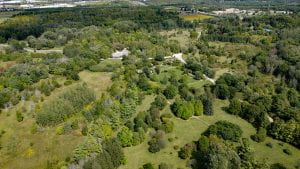 Aerial view of The Arboretum, 2020. |


